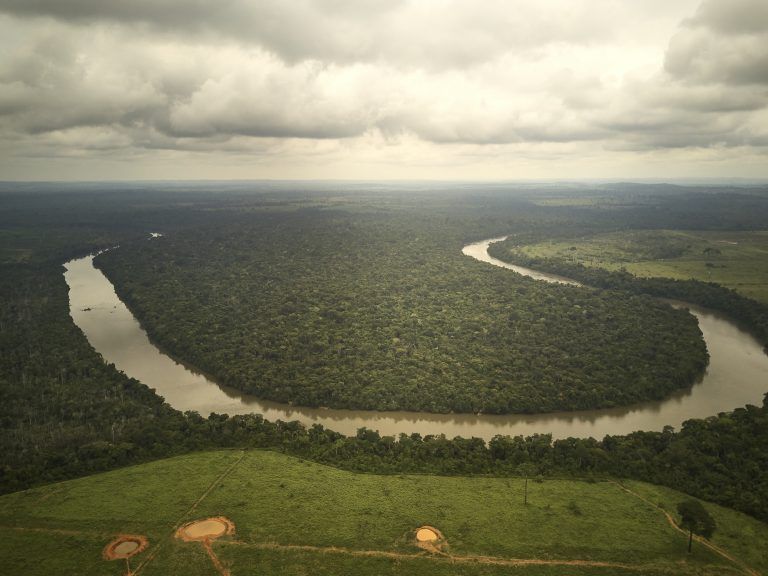"If they build the dam, they will destroy the landscape we have always lived in; they will destroy nature; they will destroy water with pollution, by reducing the oxygen that the crashing of the waterfall allowed; the construction alone will pollute the water that provides fish for us, the water that we bathe in, the water that we take to our homes..." This alarm sounded thirty-six years ago and it remains urgent. The quote comes from one of the manifestos created in 1983, when fourteen Indigenous groups from Mato Grosso joined forces to halt the construction of the Salto dos Peixes hydroelectric plant, which would have been located in the Apiaká-Kayabi Indigenous Territory in the Juruena Basin region and is one of the main tributaries to the Tapajós River, which remains threatened by hydroelectric projects today.
